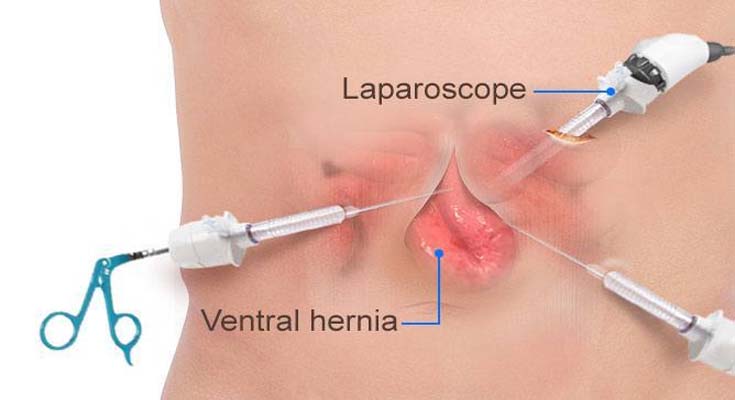HOW DO I KNOW IF I HAVE AN EPIGASTRIC HERNIA?
- Epigastric hernias occur in the upper abdomen usually just off the midline.
- It is usually easy to recognize an epigastric hernia. You may notice a bulge under the skin in the upper abdomen. You may feel pain when you lift heavy objects, cough, strain during urination or bowel movements, or during prolonged standing or sitting.
- The pain may be sharp and immediate or a dull ache that gets worse toward the end of the day.
- Severe, continuous pain, redness, and tenderness are signs that the epigastric hernia may be entrapped or strangulated. These symptoms are cause for concern and immediate contact of your physician or surgeon.
WHAT CAUSES EPIGASTRIC HERNIAS?
The wall of the abdomen has natural areas of potential weakness. Hernias can develop at these or other areas due to heavy strain on the abdominal wall, aging, injury, an old incision or a weakness present from birth. Anyone can develop an epigastric hernia at any age. A natural weakness or strain from heavy lifting, persistent coughing, difficulty with bowel movements or urination can cause the abdominal wall to weaken or separate. In the epigastric region, there is a natural weakness as the linea alba contains no muscle and only a single layer of fascia. Furthermore, as we age the linea alba widens and becomes thinner.


